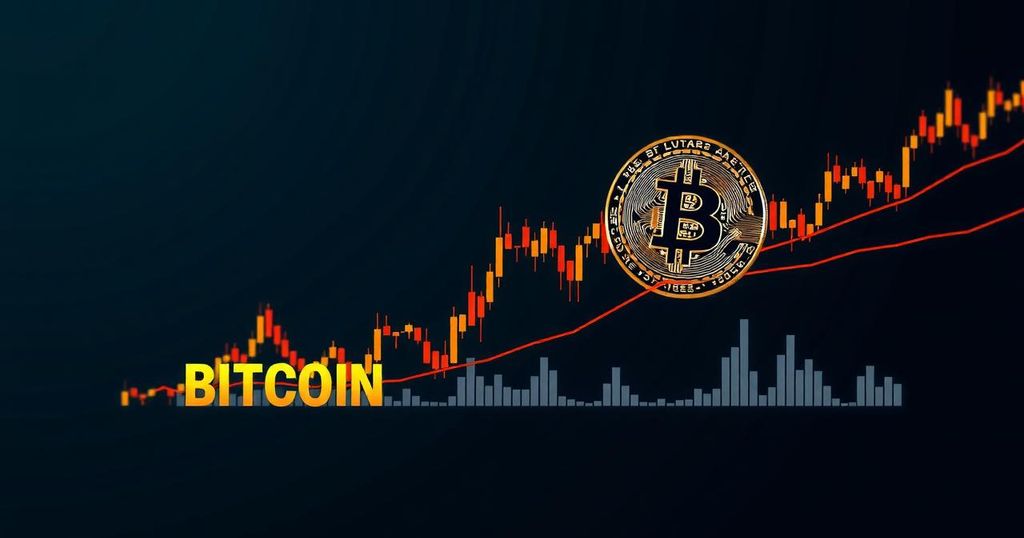Peter Brandt’s Cautionary Turn: Analyzing the Bearish Outlook on Bitcoin
In a recent statement, veteran trader Peter Brandt has shifted his outlook on Bitcoin to a bearish stance, igniting concerns within the cryptocurrency community. Brandt’s technical analysis indicates a trend characterized by a series of lower highs and lows, which he interprets as indicative of a bearish market trajectory. He pointed out a distinct lack of upward momentum, a deviation from typical behavior in the post-halving phases of Bitcoin, a phase usually marked by heightened interest and buying activity.
Brandt emphasizes that this price stagnation represents the longest duration without the establishment of a new all-time high following a halving event in Bitcoin’s history. He is tracking market cycles uniquely, beginning from the bear market low recorded in November 2022 and measuring up to the peak observed in March 2024 prior to the subsequent halving. His analysis suggests that not only has the most recent high not been surpassed, but also that the inflation-adjusted peak from the preceding bull cycle remains unchallenged, reinforcing his bearish perspective.
These sentiments have triggered extensive dialogue among investors anxious about Bitcoin’s future, especially as Brandt cautions that, without an uptick in market momentum, further declines may be imminent. Additionally, fellow crypto analyst Ali Martinez has added to the prevailing bearish sentiment by noting a critical technical signal. He remarked on a potential trend reversal in the Stochastic Relative Strength Index (RSI) that has transitioned from bullish to bearish on Bitcoin’s bi-monthly chart. Martinez referenced historical data that connects this signal to considerable corrections, some reaching as high as 75.50%, over the past ten years.
Alongside these technical indicators, fresh wallet growth research reveals a widening gap in user engagement between Bitcoin and other significant cryptocurrencies, such as Ethereum and Tether. Data from Santiment indicates a slight dip in Bitcoin holders, down 0.1% over the last three months, juxtaposed with notable increases in wallet counts for competing assets. This shift may be indicative of evolving investor preferences which exert additional pressure on Bitcoin’s pricing.
Moreover, observed patterns suggest that Bitcoin frequently experiences downturns during September. Nonetheless, there remains a faction of market analysts who are optimistic about a potential reversal in fortunes for Bitcoin, largely driven by the anticipation of a 50 basis point interest rate cut by the United States Federal Reserve. This expectation could potentially rejuvenate market confidence. However, contrasting signals from central banks, such as comments from the Bank of Japan regarding possible interest rate increases, may adversely affect market dynamics and sentiment regarding Bitcoin prices.
As of the latest reports, Bitcoin has seen a decline of 1.02%, settling at approximately $57,840, with a trading volume reduction of 3.22% to $26.90 billion. The community continues to navigate these complex signals as they ponder Bitcoin’s short-term trajectory amidst prevailing volatility in the broader financial landscape.








Post Comment